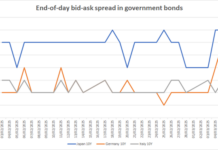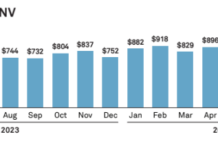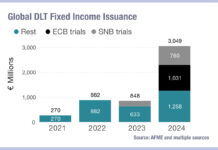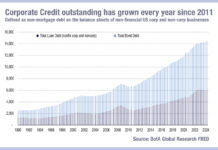While the majority of trading in secondary markets happens electronically, primary markets are falling behind and continue to favour manual workflows. However, there’s cause for hope, according to speakers at this year’s Fixed Income Leaders Summit (FILS) Europe.
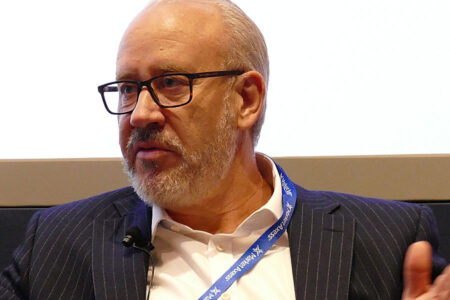
“Lots of buy-side firms are trying to create their own workflows, but everyone’s trying to do their own thing,” argued James Frew, co-head of fixed income trading at Pictet. “If we can standardise processes, go agnostic on platforms, that would make implementation faster.”
Stephen Grady, head of global markets at Lombard Odier, added that there are certain “rules of thumb” that can be integrated into workflows, such as how long dealers in certain jurisdictions will take, which can help to give people a better idea of the timeframes they need to operate to.
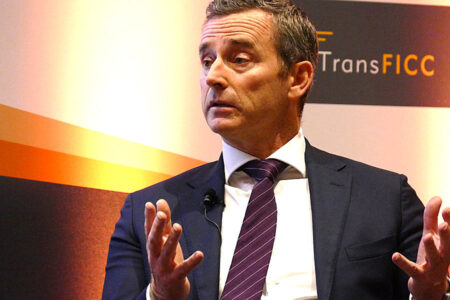
Vendors should focus on internal buy-side workflows, said Grady, stating that this is a space “begging for innovation”. The buy side needs to help itself in this space too; “there’s a lot of work that can be done to streamline workflows and make them efficient,” he continued, noting that inefficiency is hindering participation in primary markets.
“I’m agnostic as to who is transmitting the data,” Frew said, when discussing what should be expected from providers. “If the information is standardised, then we’ll receive that data fairly. At the moment, though, it’s a bit hit or miss.”
The main barrier to change is a lack of cohesion, according to Frew: “For all intents and purposes, we’re not seeing collaboration between the buy side, sell side and platform vendors in any big capacity,” he said. “There are huge inefficiencies, huge amounts of risk, and we haven’t really moved the needle on changing that over the past 10 years.”
“The challenges haven’t changed over the past 10 years,” Chetna Mistry, head of London portfolio operations and senior credit trader at Western Asset Management, commented on a later panel. “The biggest gripe for the buy side is how long it takes to set up the primary issue.”
Although there has been some evolution in this space, the next step is cutting down to the use of a single platform. “We have two platforms right now, but the buy side is agnostic as to which one we use, Mistry explained, agreeing with Frew’s earlier argument.
“What we don’t need is competition. If we can get consolidation, we can work with the platform as an industry and we can make primary markets as seamless as secondary trading.”
Conversations about the use of blockchain across the financial industry have been ongoing for years now as a way to improve market efficiency, and projects have already been developed – but uptake has been low, observed moderator Jean-Luc Lamarque, deputy chair of the board of directors at ICMA.
“Players are worried about fundamental disruption and disintermediation,” Grady said, but suggested that it could help to improve efficiency in deal progression. “I think that it’s evolutionary and complementary, and it helps solve problems,” he said, “but it can’t be a solution looking for a problem.”
On hesitancy to adopt the technology, “trying to stop the tide of innovation has never proved to be a particularly good strategy,” he observed. “I don’t think it necessarily aligns with your clients and stakeholders.”
“I’m eternally an optimist that we’re going to make more progress, and there are some signs of that happening,” said Grady. “I’m endlessly surprised by the innovations that happen in technology. Either the existing incumbents will find solutions, or they will be introduced synthetically. Either way, there’s plenty of cause for optimism.”
©Markets Media Europe 2024
©Markets Media Europe 2025








